table of contents:
Slipping seams and zippers are among the worst nightmares of any sewing machine user. If you think the presser foot is just an accessory, you're way off base.
Indeed, it's the professional secret to successful projects. To avoid mistakes and gain precision, it's essential to be familiar with the different types of presser feet available on the market. Here, we'll first explain the importance of a presser foot before revealing how to choose between a standard, invisible hem, or Teflon model to tame delicate and technical fabrics like a pro.
The presser foot: your essential ally on your sewing machine
Whether you're a beginner or an experienced sewer, the presser foot is an essential part of your sewing machine. Often overlooked, it plays a key role in the quality and precision of your seams.
Depending on the fabric, stitch, or desired finish, there are a wide variety of presser feet to suit every need. Choosing the right one guarantees professional results and increases sewing comfort.
A key element for impeccable seams
This small accessory clipped under your sewing machine plays the conductor during your needlework . It firmly presses the fabric against the feed dogs, ensuring even stitches and impeccable hems. If you use a sewing machine for thick fabrics , choosing the right presser foot becomes even more crucial to avoid blockages and achieve smooth sewing .
Here are 5 key situations where this little accessory becomes your best sewing companion:
- Tame stubborn fabrics , thick leather or slippery silk, with a Teflon or roller foot for perfect training
- Install invisible zippers like a pro with the built-in guide on the specialized foot
- Create millimeter-accurate hems in the blink of an eye with the adjustable hemmer foot
- Perfect buttonholes without stress thanks to the automatic foot that compensates for gaps
- Master bias finishing with the piping foot for perfectly enveloping curves
The pressure exerted by the presser foot is important. Too much pressure can crush delicate materials, and too little pressure can cause the fabric to slip. Optimal adjustment allows you to adapt the tension to different types of fabrics , from delicate muslin to thick jeans.

Choosing the right presser foot type
It's precisely in these variations in fabrics and techniques that the different types of presser feet really come into their own. Each is designed for a specific task, making your projects much easier and improving the final result.
The choice between the standard model for everyday work and the specialized versions depends on your projects. The first is suitable for basic straight and zigzag stitches, while the specialized feet expand your creative possibilities .
To sew well in all circumstances, it's essential to understand the different types of presser feet and their uses. You'll be delighted to find a variety of models and types of presser feet in our online store.
Be careful about compatibility : Not all feet fit all machines. Always check the attachment system (clip or screw) and consult your machine's manual before purchasing. Brands like Juki or Janome offer specific ranges.
By learning about the different types of presser feet , you will avoid mistakes and optimize your creations the first time.
Standard foot
The standard presser foot is the Swiss Army knife of your sewing machine. This versatile little accessory handles straight stitches, zigzags, and even some basic buttonholes. Its secret is uniform pressure that presses the fabric against the feed dogs for a perfect glide. Whether cotton, linen, or jersey, it handles almost any everyday fabric without flinching.
But to get the most out of your sewing projects, it's helpful to know the different types of presser feet . Each model has its own specialty: some are designed for stretchy materials, others for ultra-precise finishes or difficult fabrics like leather.
Among the most popular among experienced seamstresses, the JUKI presser foot stands out for its robustness and precision, particularly on machines of the same brand, renowned for their performance.
To optimize its use, play with the pressure dial on your machine. If you're working with thick denim, simply increase the pressure. However, if you're working with delicate silk, lighten it. Also consider adjusting the stitch length for technical fabrics.
Pro tip : Slip a piece of parchment paper under the foot when working with sticky materials like faux leather. And above all, don't hesitate to alternate between different types of presser feet as needed: it's the best way to improve precision and sewing comfort.

Zipper
The zipper foot , like the Juki Narrow Zipper Foot , turns a tricky exercise into child's play. Its side notches guide the needle with millimeter precision along the metal teeth.
You no longer need to juggle the fabric. All you have to do is place the zipper against the guide and let the machine do its work. To avoid stubborn jams, choose a heavy-duty needle and clean the feed mechanism regularly.
This type of accessory is one of the many different types of presser feet that truly change the game depending on the technique used. Compared to the manual method, this specialized foot cuts the installation time by a factor of three. The precision gained is worth its weight in gold, since there are no more zigzag stitches or jammed zippers.
To get the most out of your sewing projects, make sure you're properly equipped for your specific needs: different types of presser feet offer a solution adapted to each situation, whether it's installing a zipper, sewing bias tape, or creating a perfect buttonhole. Test it on an old skirt before tackling your favorite leather jacket. The difference is obvious from the first try.
Buttonhole
The automatic buttonhole foot is the secret ally of impeccable blouses. With this accessory, you no longer need to measure to the millimeter. Simply place the button on the integrated guide and the machine automatically calculates the ideal size. Adjustments are a breeze with the width dial that adjusts zigzag stitches in the blink of an eye.
This foot is one of several types of presser feet designed to facilitate technical tasks and improve precision. In sewing, every detail counts, and having the right accessory can make all the difference.
And if you regularly work with thick materials like denim or velvet, also think about which sewing machine to choose for thick fabrics , because good compatibility between the machine and the accessories ensures optimal results.
Beware of common pitfalls, though. Too loose a thread tension can distort the opening, while misaligned fabric can result in crooked buttonholes. To avoid unpleasant surprises, always test on a scrap of fabric before you begin.
One last tip : choose a new needle for each project for clean, precise cuts.
Mastering the different types of presser feet will not only allow you to improve your finishing, but also to sew with more fluidity and confidence, whatever the project.
Roll
The roller foot becomes your best friend when tackling thick leather or stiff denim. Its small metal rollers make the fabric glide smoothly, even over the most stubborn surfaces. Opt for a diamond-tipped needle that pierces without tearing, and don't forget to adjust the thread tension to avoid overly tight stitches.
This clever little tool is surprisingly versatile. Try it on shiny patent leather or coated technical fabrics . The non-stick soleplate grips even the most slippery materials without leaving any marks. For specialty fabrics, consider testing on a scrap piece before embarking on your flagship project.

Invisible hem
To master the art of the understated hem , follow these key steps:
- Prepare your fabric by folding the edge twice and carefully ironing each fold
- Install the invisible hem foot by selecting the zigzag stitch specific to your machine
- Align the fold of the fabric against the foot's built-in guide so that the needle just touches the fabric
- Set the tension between 4 and 5 so that the stitches remain discreet on the right side.
- Finish by removing the basting threads and lightly ironing the seam.
With this method, your hems will remain invisible even on the finest fabrics like silk or crepe. It's a must for evening dresses and elegant blouses. Try models like the Juki Zig-Zag Hemmer Presser Foot .
Double drive
|
Technical comparison vs standard foot |
||
|
Characteristic |
Standard foot |
Double drive |
|
Supported thicknesses |
Up to 3 layers |
6 layers and more |
|
Types of points |
Straight, zigzag |
Complex decorative stitches |
|
Difficult subjects |
Limitations |
Leather, thick denim, quilted |
|
Precision |
Standard |
Perfect multi-layer alignment |
This chart clearly demonstrates the benefits of dual feed for ambitious projects. This type of presser foot is ideal for stitching quilted jackets or working with thick leather. It quickly becomes indispensable once you move beyond basic sewing.
Comparative
Choosing your presser foot is like building your toolbox: start with the essentials before specializing. For beginners, you should focus on the standard / zipper / buttonhole winning trio. For experts, it's best to combine a blind hem foot and a double feed for ambitious projects.
Now you're ready to choose the ideal presser foot for your projects. Between the versatility of the standard model, the precision of specialized accessories, and the tips for each fabric, your sewing machine finally reveals its full potential. Experiment with these tools on your next creation, and every stitch will become child's play, transforming technical challenges into impeccable results. Visit Verotex to find the presser foot that meets your needs and quality expectations.

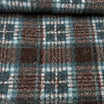
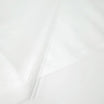
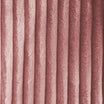
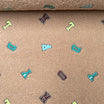
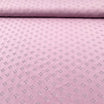
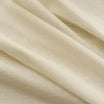
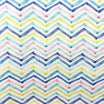
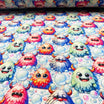
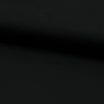
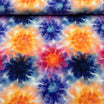
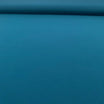
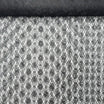
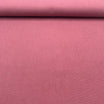
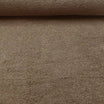
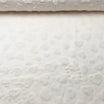
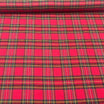
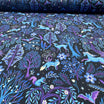
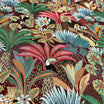
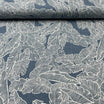
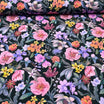
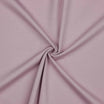
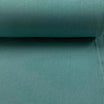
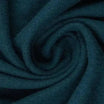
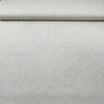
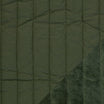

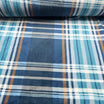
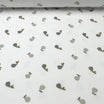
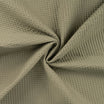
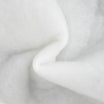
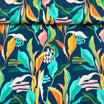
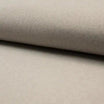
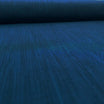
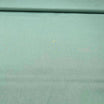
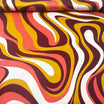
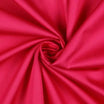
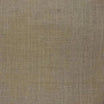
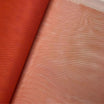
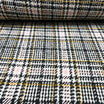
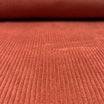
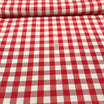
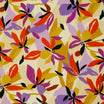
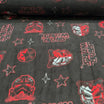
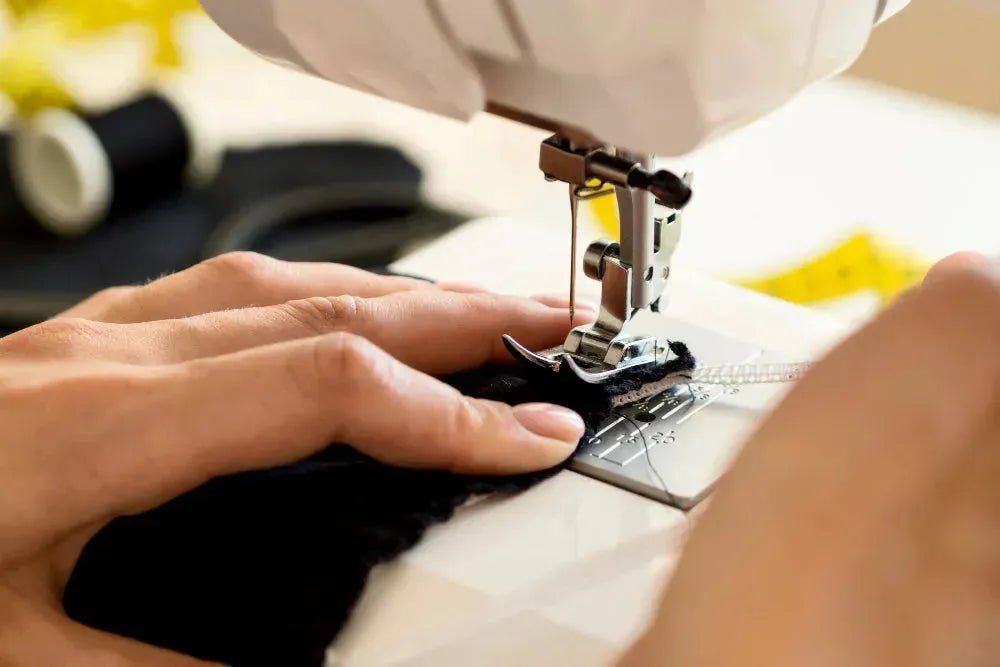
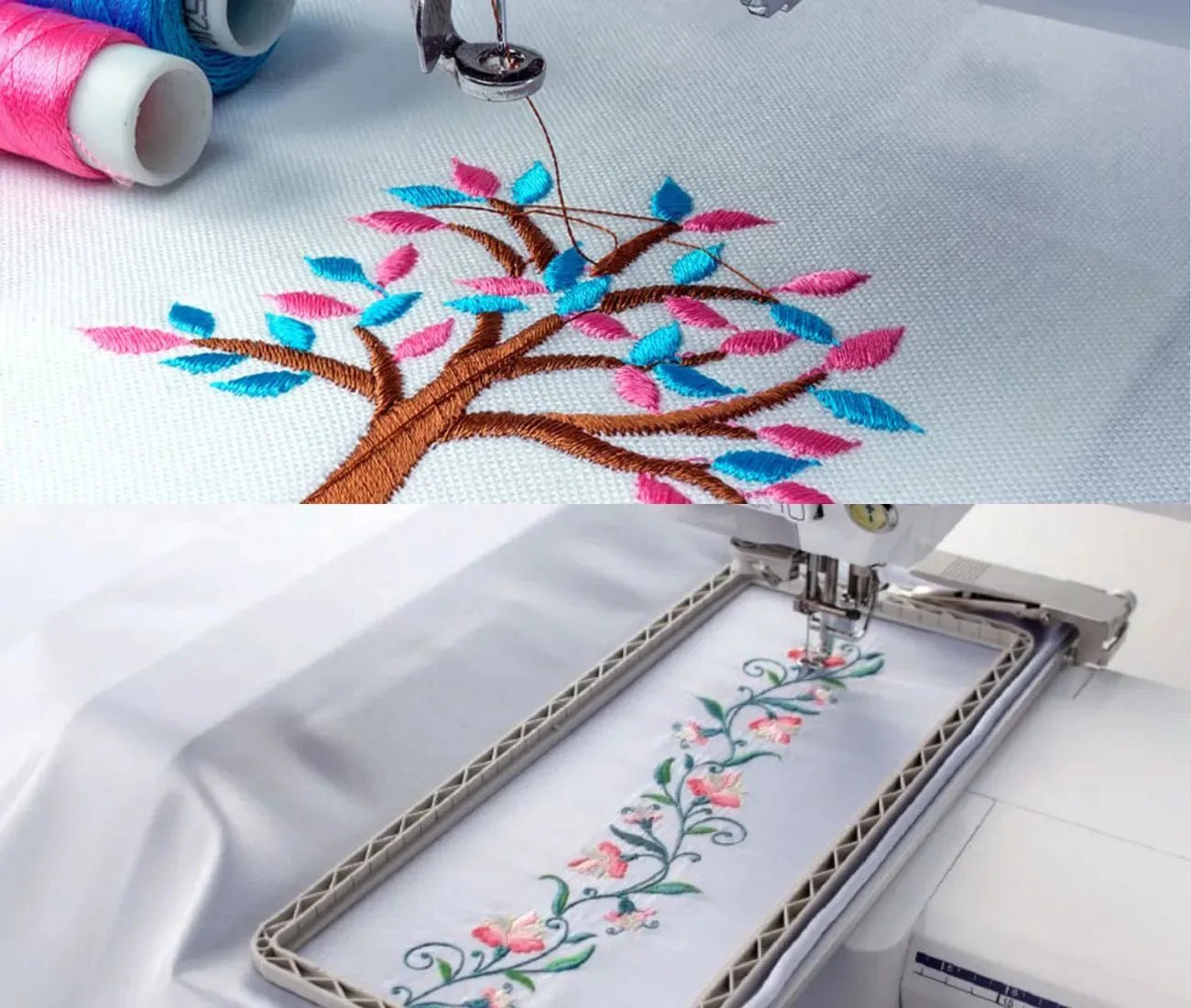
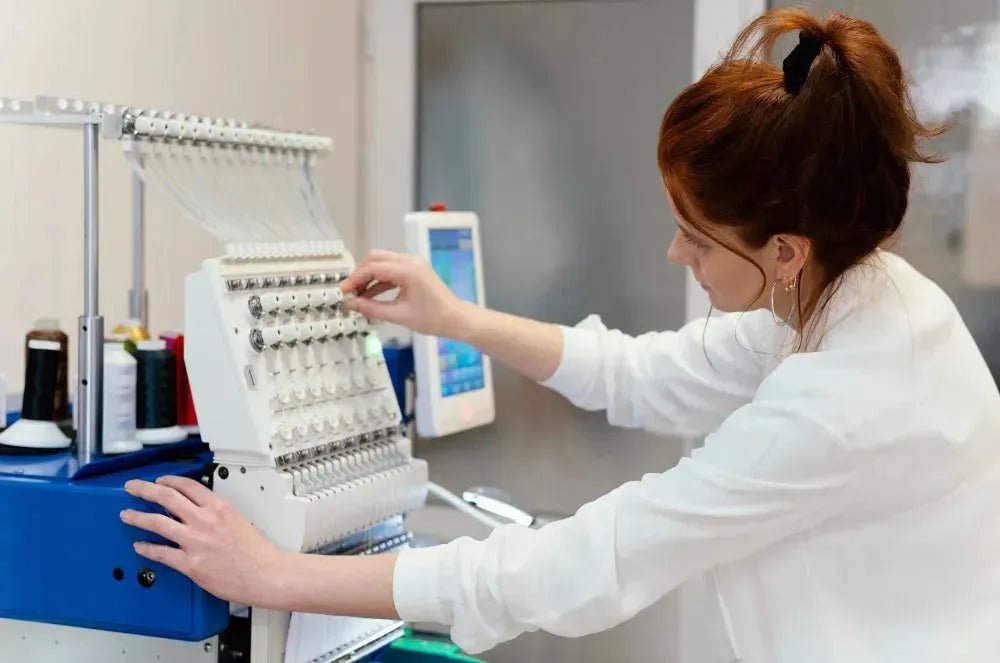
Leave a comment
All comments are moderated before being published.
This site is protected by hCaptcha and the hCaptcha Privacy Policy and Terms of Service apply.